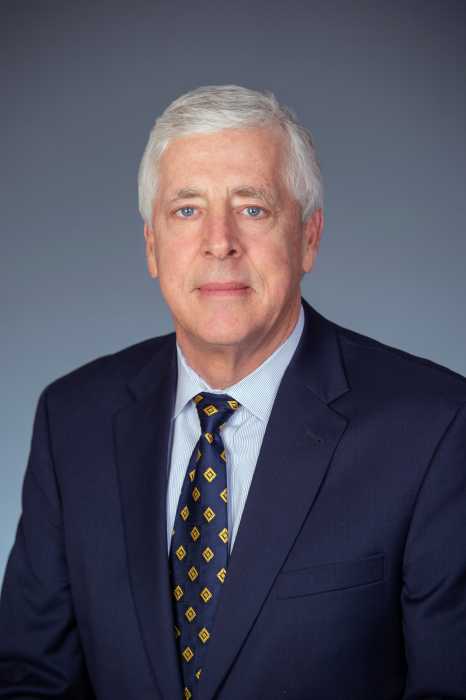Michael A. Young, MHA, FACHE, is the president and CEO of Temple University Health System, a $2.4 billion academic health system dedicated to providing access to quality patient care and supporting excellence in medical education and research. He’s a five-time CEO with over 30 years of proven leadership at Pinnacle Health System, Grady Memorial Hospital, Erie County Medical Center, and Lancaster General Hospital and Health System. Michael earned his bachelor’s degree and master’s degree in Health Administration from the University of Pittsburgh and is a fellow of the American College of Healthcare Executives.
What can Pennsylvania policymakers do to ensure equitable access to quality healthcare?
State Medicaid expansion meaningfully improves access to care among low-income adults. Temple continually invests in advanced treatments and technologies to ensure that our medically complex and socially disadvantaged patient population receives the best care available with outcomes that match or exceed care provided in less challenged communities. Ongoing state support is vital to the sustained stability of major safety-net hospitals like Temple, and it allows us to provide high-quality, equitable care for all, recruit and retain a high-performing workforce, meet academic responsibilities of conducting meaningful medical research that creates better treatments, and train excellent physicians and other healthcare professionals.
When and why did you decide to pursue a career in healthcare?
I originally wanted to be a dentist. But after vision problems made dentistry impossible, I started working in healthcare administration. I got my master’s degree in Health Administration at the University of Pittsburgh and did post-graduate work at Harvard. I learned that healthcare management is a way to have a meaningful positive effect on many more patients than just one at a time.
How do you see the healthcare industry evolving in the next five years?
Healthcare systems can’t be all private equity-driven. They must be mindful of the bottom line, like a for-profit business, but also must treat the uninsured, deliver charity care, and serve their community mission. Conventional wisdom says that ‘care is moving to the outpatient and home settings.’ But that trend may be slowing because of the healthcare staffing crisis, especially with nurses. One home-visit nurse can visit maybe seven homes in a day, but can cover over 40 patients in a hospital or skilled nursing facility.



